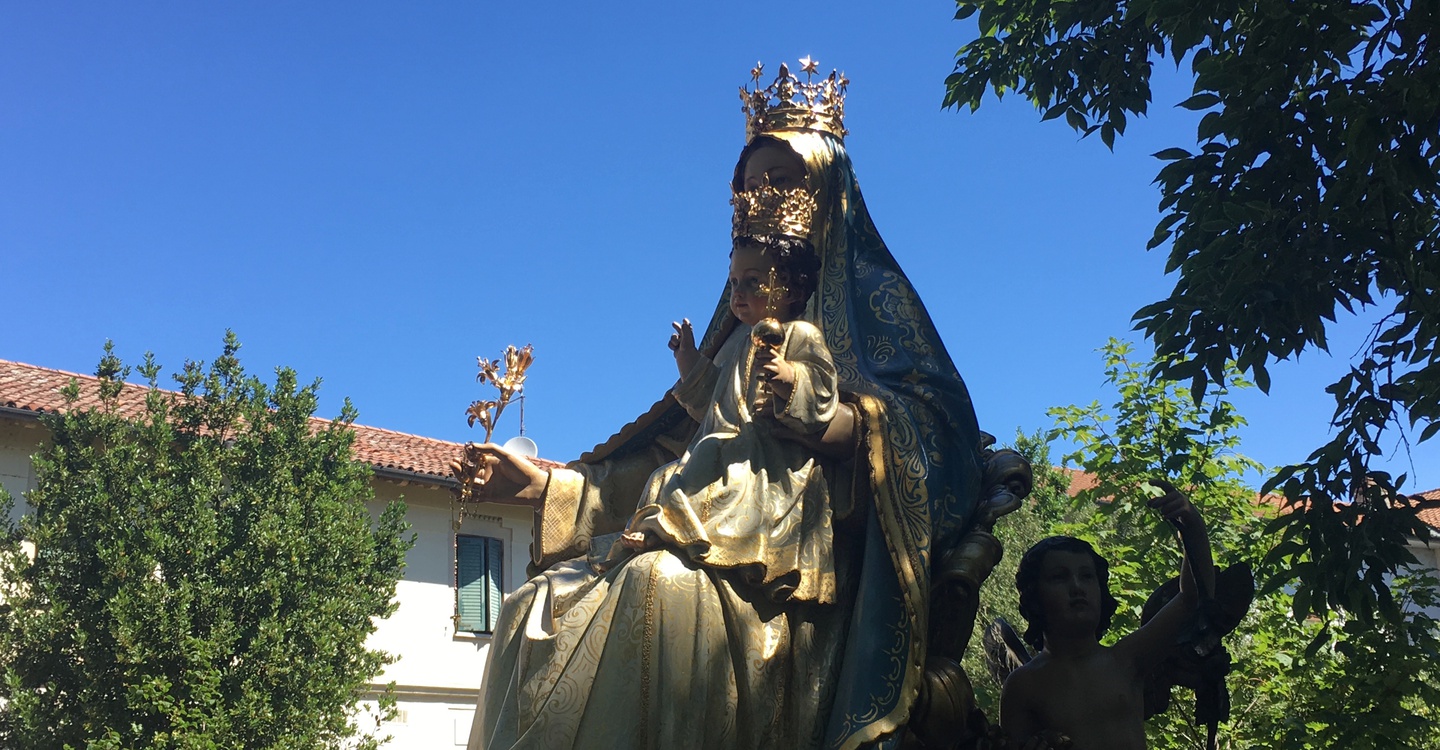An important route was taken by pilgrims departing from Eastern Europe: from present-day Austria and Poland via Tarvisio and from the Balkans via Gorizia and Cividale del Friuli, they could continue their journey along the ancient Via Annia and the Romea or head for the abbey of Nonantola (in Emilia Romagna) to join the Francigena and the consular Via Cassia in Tuscany. From here, turning south, they reached Rome and the southern ports towards Jerusalem, or they headed northwest towards Santiago de Compostela.
The Romea Strata project promoted by the Pilgrimage Office of the Diocese of Vicenza, with the collaboration of the Italian Centre for Compostela Studies and the Friuli Venezia Giulia Region, aims to rediscover these historic pilgrimage routes. It is divided into eight sections, whose names recall the territories and ancient routes of faith and involves five Italian regions.
There are two itineraries in Friuli Venezia Giulia: the Romea Allemagna and the Romea Aquileiense.

The first one connects Tarvisio to Concordia Sagittaria and the Venetian Plain, with a route about 200 km long. It is the first Italian section of the ancient pilgrimage route that arrives here from the Baltic countries, from Czestochowa, Krakow and Vienna.
However, the Romea Aquileiense begins in Slovenia at the Sanctuary of Our Lady of Sorrows of Miren-Kostanjevica on Grado mountain and then reaches the territories of the province of Gorizia (including Aquileia) and crosses the region as far as Concordia Sagittaria, for a total of about 100 km to be covered in six stages.
